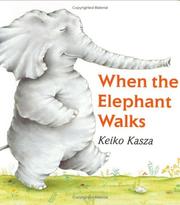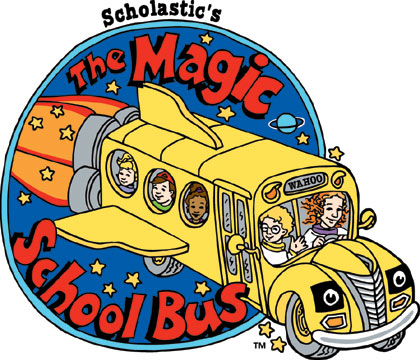Have you paid attention to the people working with you at the office? Are they mainly women or men? Who drives the bus or taxi you take frequently? A woman maybe? The increasing presence of women in the labor market is certainly one of the most noticeable phenomenons of the last century. In the USA, women on the payroll employment grew from 31.6 percent in January 1964 to 49.9 percent in March 2010 and, in Latin America the percentage of households in which the contribution of women is the only income reaches important proportions. ‘Down the road’ was written by Celia Berridge and published by Kingfisher Publications Plc. Having in mind genre roles in the labor market, I dare say ‘Down the road’ is sexist and discriminatory.
It was long ago when women's place was at home, taking care of the family and managing the domestic world. I have paid special attention to the drawings selected by the author of the book and, she explicitly depicts women as a house-wife, devoted only to bringing up children and taking them down the road. Surprisingly, women who don’t have children are doing shopping! Isn’t this discriminatory? Let us be realistic, decades ago it was seen as unfit for women to be in certain professions but nowadays, we can see with our own eyes that women’s labor force is equal to men in many fields.
Going back to the drawings in the book, man's figure is pictured as predominant on labour force. All situations of work are carried out by men, some are digging up the road, others driving a bus; there is no father taking his child down the road. Personally, I know many cases, even friends of mine who raise their children sometimes better than women do.
Despite statistics and everyday-life situations, some people still think of women only as housewives. Having in mind a labor force that has been historically dominated by males, it is hard to admit that women now spend more hours in their workplace than they do caring for their children as opposed to 20 years ago.
[1] http://www.iwpr.org/pdf/C374.pdf
[2] http://www.cinterfor.org.uy/public/spanish/region/ampro/cinterfor/temas/gender/gestion/accempre/empre.pdf













